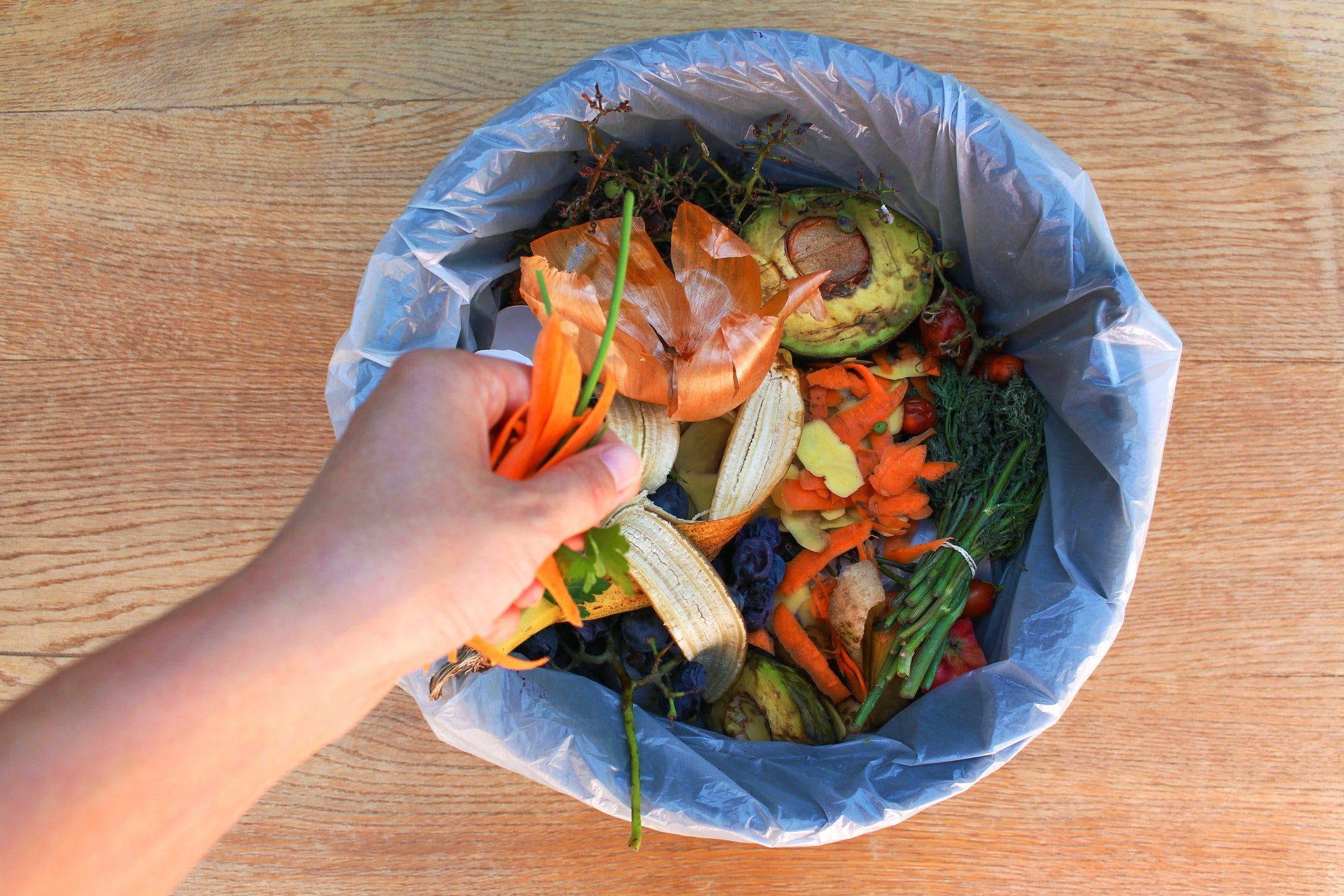Seems like an oxymoron right? How could packaging actually be a part of the climate solution? It is if food wastage is involved.
If you’re anything like me, the current state of climate change – particularly around Australia’s contributions – is terrifying. What can I do to make a difference? I’m just one person, and if my government doesn’t seem to care, what can I do? These are the thoughts that are keeping me awake at night. Overlay that with owning a company that ships packaged food around the country every week, and my hopelessness turns into guilt. Am I making the situation worse? Does my vision to Have Real & Positive Impact on the Health of Humans come at too great a cost to the planet?
So we set out to do some research – and the results were surprising.
Turns out, food wastage is a significant contributor to greenhouse gas emissions. Across Australia, food wastage contributes 3% of our annual emissions (and if that doesn’t get you going – it costs almost $40 Billion each year). Now 3% may seem small, compared to the monolith that is fossil fuels, but it is something that can affect us every day. I may not be able to single handedly reverse global warming, but I can aim for zero food wastage in my household, and I can mobilise everyone I know to come along with me.
Let’s take a step back and look at some facts
- Each year in Australia alone, we waste around 7.6 million tonnes of food – the equivalent of 312kg per person. That’s not a typo – three hundred and twelve kilograms of food waste per person.
- Wastage doesn’t just take into account the mouldy cucumber you toss in the bin three weeks after you bought it – it’s talking about the entire supply and consumption chain. The energy and water it takes to grow, harvest, transport and package food – 30% of which will ultimately be tossed out.
- Once that food then hits landfill, it produces methane – a greenhouse gas even more damaging to the environment than carbon dioxide.
So there’s a two fold effect here – 1) the carbon dioxide (from energy emissions) that are produced in generating food and getting it to your fridge, and 2) the methane produced in rotting landfill.
But here’s the good news – globally, approximately 6-8% of all human caused greenhouse gas emissions could be reduced if we just stop wasting food.
Obviously, I’m now going to espouse the virtues of meal delivery services (*cough* Nourish’d), because as it turns out, when your food portions are made perfectly for you, you don’t have wastage. It’s actually as simple as that. In fact, there have been whole case studies done on the environmental benefits of meal delivery and its potential impact on food wastage. Check out this study by the University of Michigan that considered every step of the process (all the way from farm to landfill), and deduced that average greenhouse gas emissions were one third lower for meal kit dinners than supermarket bought.
There are still the obvious pitfalls of the packaging involved – and many companies in this space are doing everything they can to mitigate the cost of these. At Nourish’d for example we have:
- Stopped air freighting products across the country. Our meals may take longer to get to you, but the net carbon emissions of road travel are significantly lower than air.
- Moved from styrofoam to fully recyclable cardboard boxes.
- 100% recyclable meal containers.
- Insulation liners that are part of the Red Cycle Program – a recovery program for soft plastics to redirect them from landfill into the circular economy (click here to see where your closest Red Cycle drop off is – most Coles and Woolworths supermarkets are participating).
- It’s a no on the promo flyers for us – you won’t open your box to find a million flyers that you’re going to toss straight in the bin.
We still have a ways to go, and one of our values is no BS, so we won’t hide the fact that we’re continuing to look for more sustainable ways to put film on the meals and ice packs in the boxes – the only two elements of our packaging that are not recyclable.
How else can we reduce the impact of food wastage?
- Shop more frequently and for less. With supermarkets a dime a dozen in Australia, popping by the store on your way home every couple of days and only buying what you need for the next 24-48 hours is not super difficult.
- Write a shopping list – and stick to it! Also avoid shopping while you’re hungry, and you’ll make less impulse purchases.
- Compost. Compost bins are very accessible – you can pick up one for your yard from Bunnings from $45 (that will likely take you years to fill). You can also pick up small and stylish countertop compost bins and liners from supermarkets to ensure all those food scraps are going in the right place.
- Educate. Teach your kids good habits from the get go. Food scraps in the compost bin, turning lights off when they leave a room, and sorting the recycling into: bottles & cans (which they can take to local recycle centres and earn some money), soft plastics to be Red Cycled at your local supermarket and general recycling that should be clean and in the yellow recycle bin.
Climate change is scary – there’s no doubt about it. But that same way that we have mobilised communities throughout history to make social change, we can create positive outcomes for our planet by coming together. We’d love to hear what initiatives your household has implemented to be more environmentally friendly?



